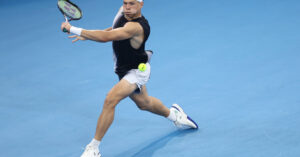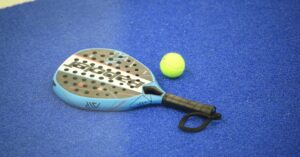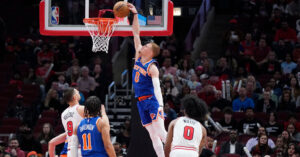I first learned about padel last summer, when my partner sent me a photo from a small court during a visit to Germany.
What is that? I wondered.
“Padel. A childish version of tennis,” he texted, anticipating my question.
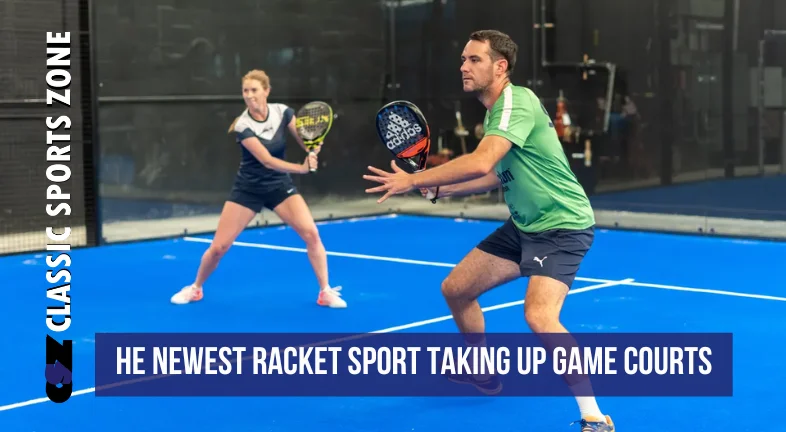
As an enthusiastic tennis player, I was not very interested.
A few months later, while biking in Williamsburg, Brooklyn, I noticed a large building with a sign that read “Padel Haus,” which billed itself as the first padel club in New York City. This sport wanted my attention, so I invited Victor Mather, a veteran sports reporter, to join me for a lesson.
Victor was willing to try. “I am a reasonably fit guy,” he said. But he was turning 60, he said, and added: “My eyesight isn’t what it used to be, I haven’t played tennis since prep school, and I have never played squash or racquetball.”
At first glance, it looks like tennis.
The sport — a blend of squash and tennis — can be played indoors or outdoors. It is always played on turf, which is softer on the knees than the paved hardcourts associated with tennis and outdoor pickleball. The padel racket, usually made of foam and carbon fiber or fiberglass, is shorter than tennis’s and has holes instead of strings. The ball is smaller as well and has less air pressure.
The scoring is like tennis’s. There are glass walls at the back and sides of the court. The walls are in play, setting up ricochet shots that bring the squashiness into padel.
The serves are hit from below the waist. Players are encouraged to rush the net after serving. Padel is played in doubles and teams can move as a unit rather than staggered.
Santiago Gomez, Padel Haus’s founder, grew up playing in Mexico, where the sport was created in the late 1960s. He spent much of the Covid-19 pandemic in Acapulco and decided to start his business when he returned to New York City, opening a club in 2022.
The sport is growing in popularity.
Elmo Coleman, 27, learned padel in Venice during the coronavirus pandemic. But he dropped the sport when he moved to New York City for lack of places to play. He played tennis, begrudgingly. Now he plays padel three times per week in Dumbo.
The sport has been growing in popularity in places like South Florida, Texas, Southern California, and New York, according to the United States Padel Association.
There were 180 courts across the United States in 2022, compared with fewer than 20 in 2016, according to a Global Padel report from Playtomic, a community of players that prepared the analysis with the consulting firm Monitor Deloitte. The U.S.P.A. estimates that there are 50,000 players and 400 courts now, not including private ones.
Globally, padel players number in the millions, the U.S.P.A. says.
“Padel is very much in its infancy in the U.S.A.,” said Martin Sweeney, the association’s president. “We do expect some exponential growth over the next few years and into the future.”
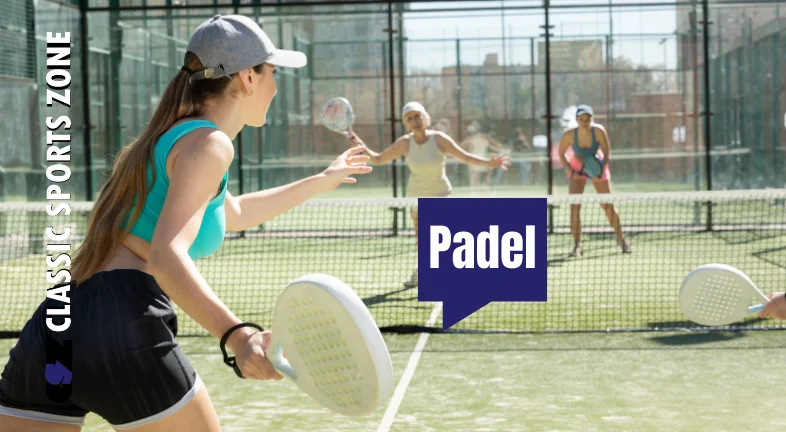
It’s appealing to fans of racket sports.
The first wave of players who visited the Padel Haus locations in Brooklyn (there are two in Williamsburg and one in Dumbo) were from other countries, Mr. Gomez said. The second wave included tennis players.

